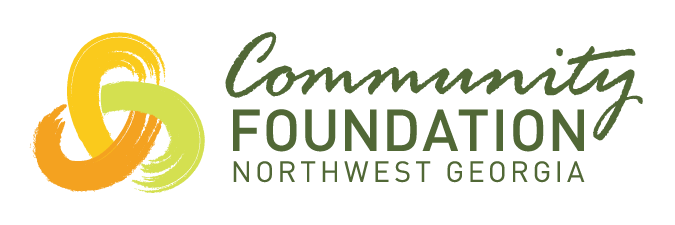by David Aft
In my previous blog posts, I covered timing your charitable donations (when) and how to make the biggest impact with your gifts. Today’s blog post is essentially a warning to all donors.
We are bombarded with endless requests for charitable donations. We’re asked on the street, at home, at the neighbor’s cocktail party, by telephone, in the mail, via social media sites, and through personal email correspondence. The appeals are designed to tug at our hearts and make us believe our donations have the power to make or break an organization. In most instances, our donations will be used for good causes, but sadly, scammers and criminals occasionally ask for money under the guise of charity and doing good. They are savvy and smooth in their efforts to steal our money, and even the brightest among us can be misled and victimized.
Here are a few things all of us can do to prevent being victimized and ensure our generous donations are being used to make the world a better place.
Always check out unfamiliar organizations. If the organization is local, ask friends and family members about it. But if the organization isn’t local, go to the web and start searching. If you haven’t heard of a particular charity before, you may want to visit GuideStar (www.guidestar.org), which contains records from almost 2 million nonprofits registered with the IRS. The free component of GuideStar allows you to access an organization’s Form 990 and review the income, expenses, mission, and executive salaries. You may also want to visit the BBB Wise Giving Alliance (www.give.org), a group affiliated with the Council of Better Business Bureaus that evaluates hundreds of national charities and thousands of smaller, regional groups. And CharityWatch (www.charitywatch.org) rates most of the national organizations with a grading system from A to F. CharityWatch dives deep to determine how efficiently a charity will use a donation to fund its programs.
Watch out for copycats. Some questionable organizations use names that closely resemble those of well-established charitable organizations. For example, Make-a-Wish Foundation has raised millions of dollars to give sick and dying children a day where they don’t have to think about being sick, but Make-A-Wish Foundation’s success at raising money and doing good has gotten the attention of copycats and con men. They ask for money for nonexistent charities with similar names like Making Wishes Come True, Kid Wish USA, and Granting Kids Wishes.
Beware of false claims. If someone calls and thanks you for a pledge you don’t remember making, slow down and ask questions to determine if you actually made the pledge. And watch out for fraudulent invoices for pledges or donations.
Don’t give a donation over the phone unless you initiate the call. Organizations often call as we sit down with our family to eat dinner. We cringe but listen to the pitch. It is important to know that telephone solicitations are a favorite among scammers and criminals today, so you have to be very careful. Don’t ever give your bank account information or credit card information to a caller, because you really don’t know who you are talking to unless you initiate the call. If they become pushy, hang up.
Be careful when making a donation through a website portal. If you decide to make a pledge online, that’s fine, but if you decide to make an actual gift online, make sure that you see “https” at the beginning of the web address (URL). “Https” denotes that it is a secure link and your information will not be compromised. Also, take a few seconds and examine the entire web address to make sure the link is a legitimate donation processing site. For example, it probably wouldn’t be wise to type in your credit card information into a field at a site called, https://alx.234.girls.india.
Don’t click the link in email solicitations. We’ve all gotten email messages that look legitimate and ask us to click on a link. My advice—don’t click the link. If you want to give a gift to a particular organization, start from scratch. Look up the organization online, and make your donation either by sending a check through the mail, dropping off a check in person, or giving online via a safe link.
There are other precautions, but these are good starting tips. Again, be generous, but be thoughtful and smart with your generosity. And if you ever find yourself unsure about an organization and want a second opinion, give me a call and I’ll tell you what I think.
David Aft is the president of the Community Foundation of Northwest Georgia. He has worked in the nonprofit field for over twenty-five years and is a recognized resource and noted speaker on charitable enterprise, civics, fundraising strategy and community development.








